Amphibians & Early Reptiles
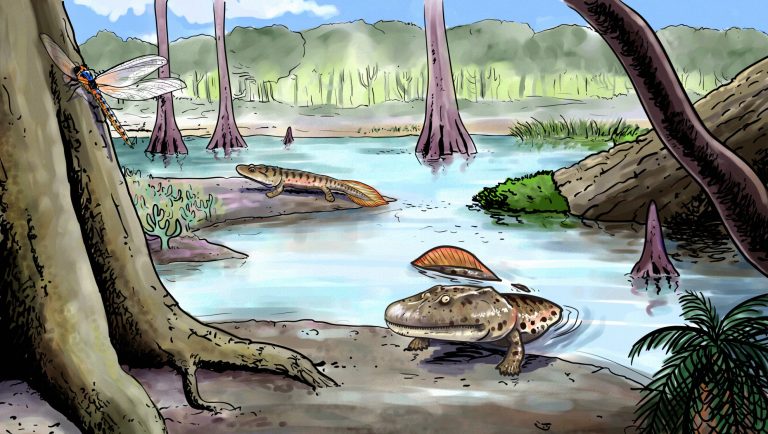
An artist’s depiction of the origin of amphibians
Table of Contents
Amphibia Definition
(Science: zoology) Amphibia is one of the classes of vertebrates.
The amphibia are distinguished by having usually no scales, by having eggs and embryos similar to those of fishes, and by undergoing complete metamorphosis, the young having gills.
There are three living orders of Amphibia:
- (1) The tailless, as the frogs (Anura);
- (2) The tailed (Urodela), as the salamanders, and the siren group (Sirenoidea), which retain the gills of the young state (hence called Perennibranchiata) through the adult state, among which are the siren, proteus, etc.;
- (3) The Coecilians, or serpentlike amphibia (Ophiomorpha or Gymnophiona), with minute scales and without limbs. The extinct Labyrinthodonts also belonged to this class. The term is sometimes loosely applied to both reptiles and amphibians collectively.
Amphibians are small vertebrates. They are all under the taxon Vertebrata.
Amphibians are typically characterized by their incomplete transition from water to land. They are a class of organisms that typically inhabits coastal areas or surrounding aquatic environments.
Obtaining air outside an aquatic environment required species to have suited adaptations, and this was the case of amphibians, many of which contain both gills and lungs for aquatic and above water respiration.
An interesting note to take about amphibians is that the typical life cycle of one involves a transition from water to land, just like the overall transition amphibians took as a collective many years ago. The phases in a typical amphibian life cycle are as follows:
- The common frog spawns its eggs with the help of plants in the aquatic environment
- These young eggs develop into adults and head towards land
- The adolescent frog moves to land
- When reaching sexual maturity, the adult returns to the water to spawn eggs, as in step 1
So basically, the entire evolutionary emergence of amphibians is re-acted again and again in each successive generation of amphibian species – like the frog.
Early Reptiles
The amphibians never quite made it on to dry land, but reptiles did. One of the main reasons for this is the two evolutionary adaptations developed by the common early reptile, waterproof skin a shelled eggs (containing their young). Also, although reptiles were cold-blooded just like their amphibian ancestors, they were able to adapt to the warmer, dryer environments found on dry land.
With this sole advantage at hand, they were provided a gateway to further diversify and occupy the habitats of dry land. At the time, it is important to note that other animals and plants were succeeding in occupying land, and thus provided a framework for the early reptiles to exist within.
Competition/Cooperation
Although reptiles were occupying bold new environments (land/shore and sea), a degree of cooperation and competition would ensure that they would survive and prosper as a collective in the long term. No other type of animal had successfully occupied land at this time.
Through another perspective, biomass on land was low, because not many animals had become adaptive enough to survive on land. With this in hand, many reptiles were herbivores, taking advantage of the hydroseres and other plants available on land or shorelines.
But as these organisms occupied land, when they died, the following would have happened, which would have helped life’s chances of fully occupying land:
- The first reptiles and amphibians to tread land, and die on land would have been broken down into simpler organic compounds
- This would have enriched the nutrients in the soil, allowing plants to grow, and micro-organisms to exist on a large scale
- Organisms that rely on the above would migrate to land, as would any other organism capable of existing in the growing habitat
- This continued ecosystem succession would inevitably allow land to support life on a scale similar to that of the sea
And indeed this was true. As the Triassic period came around, around 230 million years ago, the dinosaurs were emerging as the dominant force on land.
You will also like...

Plant Biology
Plantlife can be studied at a variety of levels, from the molecular, genetic and biochemical level through organelles, c..

Temperature Regulation in Animals
This tutorial elucidates body temperature regulation. Know the details here to learn how the body sets the body temperat..
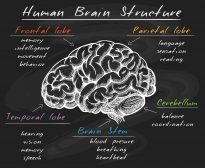
The Conscious & Unconscious Nervous System
This tutorial elaborates on how the nervous system works, particularly at the tissue level of the brain. There are three..
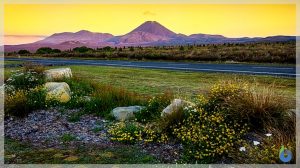
Ecological Research: Measuring & Analysis
This lesson is about the methods used for ecological research, such as quadrat and transect sampling, canopy fogging, an..
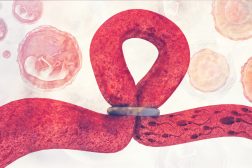
Birth Control and Contraception
Different pregnancy and birth control and contraception strategies are described. Read this tutorial to learn each of th..
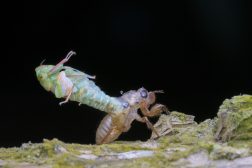
Growth Patterns
This tutorial describes the sigmoid curve, annual plant growth, tree growth, human growth, and insect growth as the grow..
